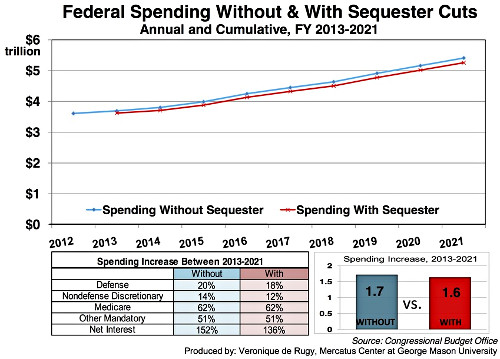
Pope Francis is a faithful Catholic. Duh. That is his most important characteristic, it says a lot and the faithful are overjoyed! This seems to surprise and disappoint the New York Times who published with the headline: “Argentine Pope Will Make History, but Backs Vatican Line.” They apparently hoped for a non-Catholic who would not “back” the “Vatican line.” So clueless and biased are they.
Being 2 years younger than Pope Benedict when he was elected 8 years ago, many had excluded Archbishop Bergoglio never-the-less as too old. He was below the radar. Except for the Cardinal Electors, at least 2/3 of who voted for him on only their 5th vote.
Jorge Bergoglio had been considered a front-runner as a future pope long ago (2002), well before Pope Benedict’s election. An Italian weekly (L’Espresso) even published a good article about him entitled Bergoglio in Pole Position:
Midway through November, his colleagues wanted to elect him president of the Argentine bishops’ conference. He refused. But if there had been a conclave, it would have been difficult for him to refuse the election to the papacy, because he’s the one the cardinals would vote for resoundingly, if they were called together to choose immediately the successor to John Paul II.
He’s Jorge Mario Bergoglio, archbishop of Buenos Aires. Born in Argentina (with an Italian surname), he has leapt to the top of the list of the papabili, given the ever-increasing likelihood that the next pope could be Latin-American. Reserved, timid, and laconic, he won’t lift a finger to advance his own campaign – but even this is counted among his strong suits.
John Paul II made him a cardinal together with the last group of bishops named to the honor, in February of 2001. On that occasion, Bergoglio distinguished himself by his reserve among his many more festive colleagues. Hundreds of Argentinians had begun fundraising efforts to fly to Rome to pay homage to the new man with the red hat. But Bergoglio stopped them. He ordered them to remain in Argentina and distribute the money they had raised to the poor. In Rome, he celebrated his new honor nearly alone – and with Lenten austerity.
He has always lived this way. Since he was made archbishop of the Argentinian capital, the luxurious residence next to the cathedral has remained empty. He lives in a nearby apartment, together with another bishop, old and sickly. In the evening, he himself cooks for both of them. He rarely drives, getting around most of the time by bus, wearing the cassock of an ordinary priest.
Of course, it’s more difficult now for him to move about unnoticed, his face becoming always more familiar in his country. Since Argentina has spun into a tremendous crisis and everyone else’s reputation – politicians, business leaders, officials, intellectuals – has fallen through the floor, the star of Cardinal Bergoglio has risen to its zenith. He has become one of the few guiding lights of the people.
Yet he’s not the type to compromise himself for the public. Every time he speaks, instead, he tries to shake people up and surprise them. In the middle of November, he did not give a learned homily on social justice to the people of Argentina reduced by hunger – he told them to return to the humble teachings of the Ten Commandments and the Beatitudes. “This,” he explained, “is the way of Jesus.” And as soon as one follows this way seriously, he understands that “to trample upon the dignity of a woman, a man, a child, an elderly person, is a grave sin that cries out to heaven,” and he decides not to do it any more.
Reed the entire piece at www.chiesa.espressonline.it. Brother Bruno Bonnet-Eymard built on that story in his own 2003 piece Gentle and humble anticipation: is a new Saint Pius X coming?.





















